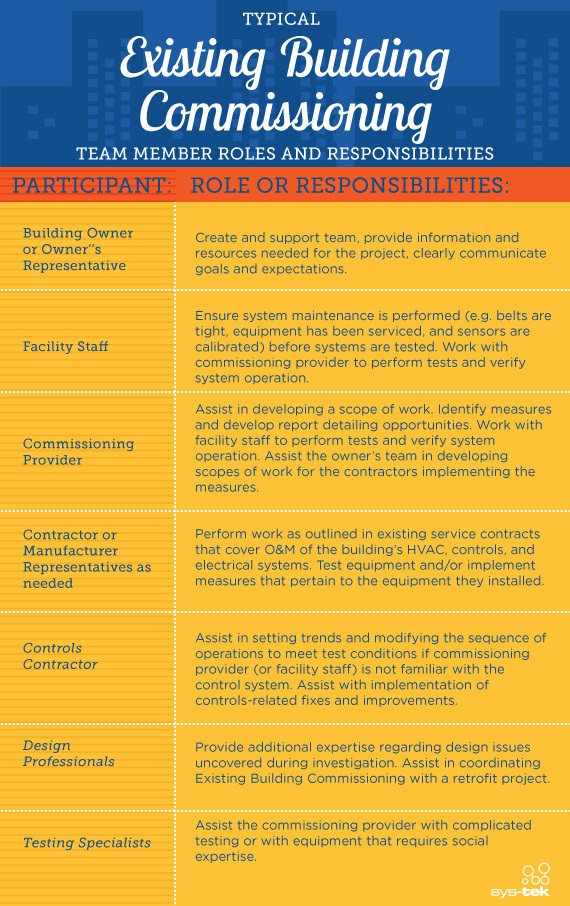How hospitals are reducing energy consumption with existing building commissioning
Jan 03, 2014
Between heating, cooling, lighting, electronics and various medical devices, U.S. health care facilities spend a staggering $8.8 billion every year on energy alone. That equates to the average hospital spending more than $675,000 on energy costs annually, exceeding the per-building energy costs of any other type of building by a factor of ten.
Unbeknownst to many hospital stakeholders, however, is just how fast money can be recouped by retro-commissioning existing systems. Connecticut’s Greenwich Hospital, for example, nearly doubled its Energy Star score, rocketing from a lowly 47 out of 100 to a respectable 88. The retrofits paid for themselves in energy savings inside of only six months.
According to the “Advanced Energy Retrofit Guide for Healthcare Facilities,” a publication by the National Renewable Energy Laboratory, Greenwich symbolizes a potential landslide of change for the better. The case isn’t unique; there exist abundant opportunities to trim energy bills by more than 30 percent at most hospitals. With this reduction comes the broader benefits of improved equipment and shortened patient recovery times as well.
The report breaks a successful retro-commission into two simple parts. First, steps have to be taken to fix faulty systems within the facility. Better known in the industry as Health Facility Commissioning, or HFCx, this process is focused on refurbishing or replacing anything that eats up electricity – from heating and cooling to whatever is plugged into the wall. Such measures can shave six to 12 percent off of energy bills, according to facilities that piloted for the study.
Second, multiple systems should be upgraded in tandem with consideration of each other, not rebuilt piece-meal as retro-commissiong funds trickle in. For example, according to the report, if HVAC systems are replaced alongside lighting, the designer of the HVAC system can take into account the lessened cooling load achieved by the lighting upgrade, resulting in a new cooling system that doesn’t have to work as hard to achieve desired temperatures. Such overhauls can plummet consumption rates by up to 21 percent, according to the report.
Successful, professionally executed HFCx projects are among the soundest investments medical facilities can make. Within just a single year, the cost of the upgrades is almost always negated by the savings achieved in energy bills. Such undertakings have been shown to substantially improve the air quality of the facilities, a big plus not only for the patients but to the staff as well.
And if that wasn’t enough to convince medical officials to invest in HFCx, evidence from the Lawrence Berkeley National Laboratory suggests retro-commissioning might even reduce the transmission of airborne illnesses at hospitals. And the perks don’t stop there: a number of recent medical studies also concluded that the presence of abundant sunlight helps recovering hospital patients significantly shorten the duration of their hospital stays.
After Health Facility Commissioning, a hospital also becomes a psychological beacon for both doctors and patients. Being “green” is exceptionally desirable and downright trendy in contemporary society. Hospitals that tout themselves as energy-independent label themselves as cutting-edge, progressive places of curative science. Beyond stats and figures, this is something that deserves any laudatory status it receives.
Thankfully, according to the National Renewable Energy Laboratory, the demand for such hospitals (and facilities in general) is surging. A change is in the air, and though the battle of sustainability doesn’t start or end at medical facilities, it’s another well-deserved drop in the bucket.








